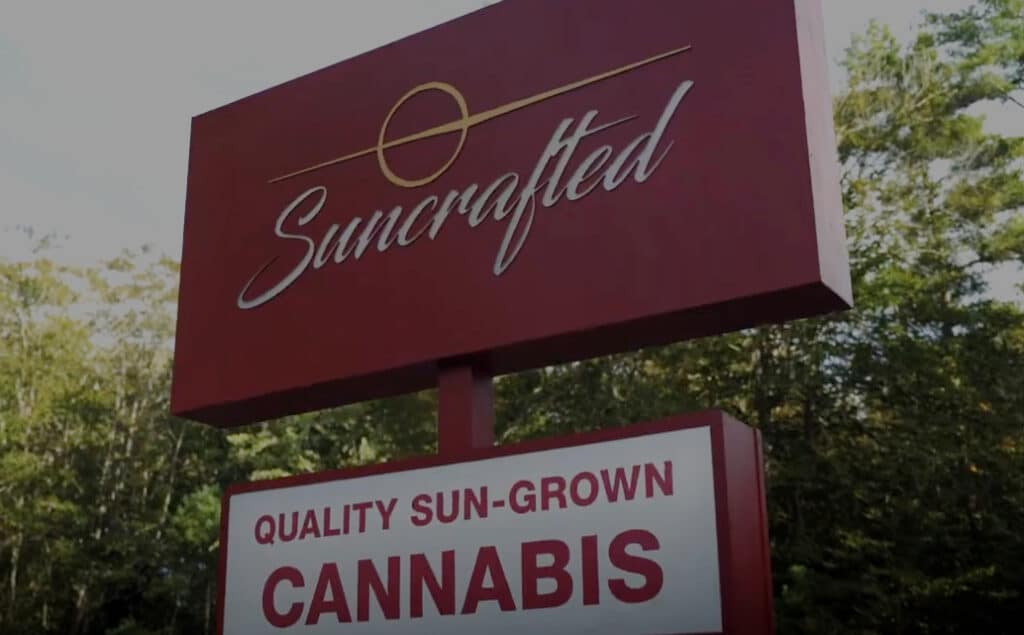Engineering & Technology
While most of the public might assume lighting electricity to be the primary driver for cannabis energy use, indoor cultivation HVAC energy consumption can match or even eclipse lighting power draw. Whether heating or cooling is the primary function, the reduction of square and cubic footage will naturally reduce energy requirements for climate control. Likewise, traditional greenhouse fan-based systems draw far less load than refrigerant-based chilling and heating systems.
Holistic Health Group d/b/a Suncrafted’s greenhouse and production areas reflect these energy mitigation considerations, as do other areas in the facility. The dispensary itself is spacious, but no larger than is commercially necessary to conduct a sale. The sales floor doesn’t feature unused lounge areas or expansive displays to duplicate or exaggerate marketing initiatives.
Likewise the company has zeroed in on production for efficiency. Post-harvest and packaging areas make use of modern trimming/plant separation machines, and compact flower, pre-roll & concentrate filling equipment respectively, all dramatically effective to conserve space, with the added benefit of enhancing the quality of production in staff functions.
One of the most overlooked aspects of maintaining product quality lies in the drying and curing process itself. Holistic Health Group employs a wet buck & trim immediately after harvest, thereby increasing precision and capacity for material drying by over 100% versus hang drying, and yielding product quality controls likely superior to all operators in the Massachusetts market.
Lighting for Efficiencies
Nearly all lighting inside the HHG One facility uses modern LED technology. Offices, sales and production areas all use these low demand appliances wherever natural light is absent. In cultivation too, early (vegetative) plants, and stock (mother) plants are grown with specialized cultivation-grade LEDs in vertical (or “tiered”) cultivation arrangements to reduce square footage when the intensity of the sun is less critical. For cloudy and short winter days, supplemental LEDs in the greenhouse use photo sensors to activate only when needed. Every product grown and produced at HHG One will have been done so in part using the sun’s energy.
Evaluating Waste Streams
Current State regulations create stringent controls on the handling and disposal of cannabis “green” waste, subjecting all plant material to rigorous grinding and mixing with an inert material, only to be bagged and locked in traditional dumpsters. Alternative methods are available, but difficult to manage without heavy and often expensive equipment.
Holistic Health Group built its own secure composting containment area early on to account for the massive volume of plant harvest waste in its outdoor cultivation. The company was the first to apply for a composting license in 2020 from the State of Massachusetts’ Department of Environmental Protection for this activity. Because the volume of HHG’s green waste surpasses its composting capacity, the company is working with outside composters in an effort to responsibly dispose of the remainder of this material.
The use of soil media shipped in bulk packaging, rather than disposable substrates like coconut husk or non-compostable rockwool does ensure that all non-compostable waste generated from the propagation of cannabis at Holistic Health Group is as low as commercially possible in the State of Massachusetts.











